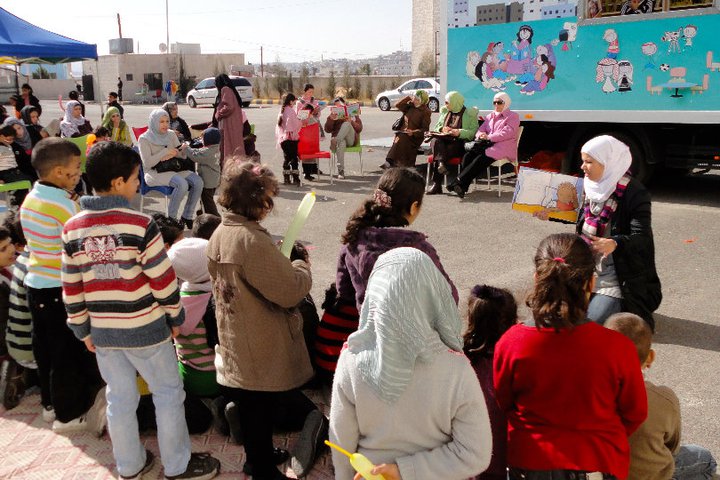Today, we are pleased to be joined by a special guest blogger, Mary Lee Hahn. Mary joins us from Stenhouse Publishers, one of our partner organizations for World Read Aloud Day!

I have been considering and reconsidering read-aloud in print for ten years and in classroom practice for almost thirty years. When I attempt to distill the power of read- aloud, it always comes down to community.
Read-aloud builds a community of readers.
Read-aloud is the common thread that ties together all of the listeners in the classroom. It gives them books in common, authors in common, stories in common, and characters in common. Read-aloud is when we think together, laugh together, and sometimes cry together.
Read-aloud is the dock where we tie up all of our reading canoes, the airport where we land our reading airplanes, the parking lot where we park our reading cars.
Read-aloud is a movie theater where everyone in the audience hears the same soundtrack, even though the screen and the pictures are inside each head.
Read-aloud is what solitary readers can do together. It’s a book club, only better, because the conversations don’t just happen after everyone has read the book in isolation. We talk about the book all the way through. Sometimes there’s no time left over to read the book because we’ve spent so much time talking about it. And that’s okay, because read-aloud has a permanent spot on the classroom’s daily schedule. The book will be there, waiting for us tomorrow. We can plan on read-aloud. We can depend on read-aloud.
Read-aloud builds readers.
Read-aloud is the constant in the changing swirl of classroom content. It’s the learning time that demands both the most and the least of a learner. It’s a time, I was told by a student once, to “learn without trying.” The listener takes from the read-aloud what he or she can or will on a day-to-day basis.
Read-aloud might be the book that none of the listeners would ever read independently. Read-aloud provides a life vest, a climbing harness, a parachute, a safety net to support readers through topics or ideas or genres or events in history that they could never or would never attempt on their own. Read-aloud stretches minds. Read-aloud opens doors. Read-aloud breaks down barriers.
Read-aloud cannot be measured or programized or standardized or equalized or regimented. It is organic. Everything depends on the teacher, the book, and the listeners.
Read-aloud can never be the same thing twice. Read-aloud is an art, not a science. The reader paints meaning with book choice, inflection, intonation, sound effects, pauses, and discussion. The listener begins by viewing the reader’s paintings but often ends up inhabiting the paintings—becoming the characters, experiencing the settings, living the story.
Build can mean “construct,” “establish,” or “increase.” Read-aloud builds community, and read-aloud builds readers.
Mary Lee has been teaching fourth or fifth graders for more than twenty years. She is the author of Reconsidering Read-Aloud (Stenhouse 2002). She and her colleague in the Dublin City Schools, Franki Sibberson, blog about their reading lives at A Year of Reading. (http://readingyear.blogspot.com)
